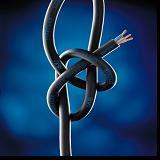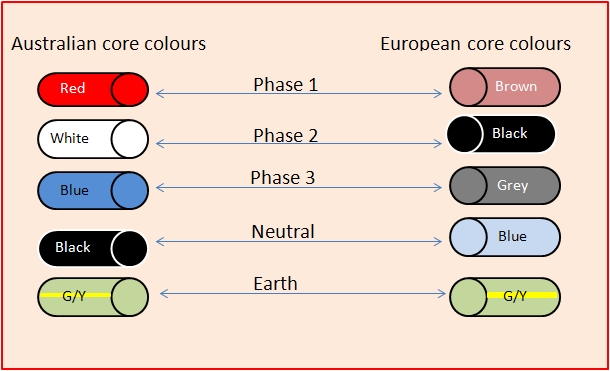The Prysmian team helps unravel some common misconceptions about flexible cables or cords and their applications.

Australian Standard AS/NZS 5000.1 Electric Cables - Polymeric Insulated: Part 1: For working voltages up to and including 0.6/1 (1.2) kV defines a range of cables designed to be flexible for use in fixed installations, within this standard the following definitions can be found:
Clause 3.6 - Fixed Cable
A cable that is designed to be supported and fixed in position.
Clause 3.7 - Flexible Cable
A cable with conductors, insulation and covering that afford flexibility. The conductors of any cross sectional area comprise a substantial number of wires of small diameter.
Manufacturer’s Comment / Advice
A flexible cable for use in fixed installation is designed to allow smaller bending radii and ease of installation in domestic and industrial applications. In the case of these designs the cable should bear the markings required by AS/NZS 5000.1 viz “For fixed applications only” on the outer sheath. These cables should be installed and secured in accordance with the requirements of AS/NZS 3000 – The Wiring Rules, for wiring installations.
Constructions identified as “for fixed applications only” are not designed for use as a flexible supply cable for use on such items as welders, grinders or extension cable sets etc. and should not be used for such.
Current ratings for these cable types are considered in AS/NZS 3008.1.1, tables 4 to 15 and 17 - Flexible cables used for installation wiring.
AS/NZS 3000 – The Wiring Rules, does not preclude the use of flexible cables or cords in fixed wiring installations. It should be noted however that the use of such cables requires consideration of the core identification colours, not only for the smaller Australian cross sectional cables (1 – 4mm²) but particularly for any imported flexible product manufactured to European standards such as IEC and VDE which may come installed on overseas supplied equipment.
It is recommended that installers reference clause 3.8.3.3 – European cable identification colours and figure 3.2 therein of the Australian standard for further advice on this matter.
Operating Temperature
Normal industrial and domestic applications are served well by cables designed for 75°C or 90°C continuous operating temperature. There is, of late, a market trend to flexible cable for fixed application cables suitable for operating temperatures of 110°C, in selecting such cables the installer must ensure that all components of the wiring system are suitably rated to that operating temperature. It is also important to ensure that the installation is compliant with Section 4, particularly clause 4.2.3 of AS/NZS 3000 – Protection against Burns.
